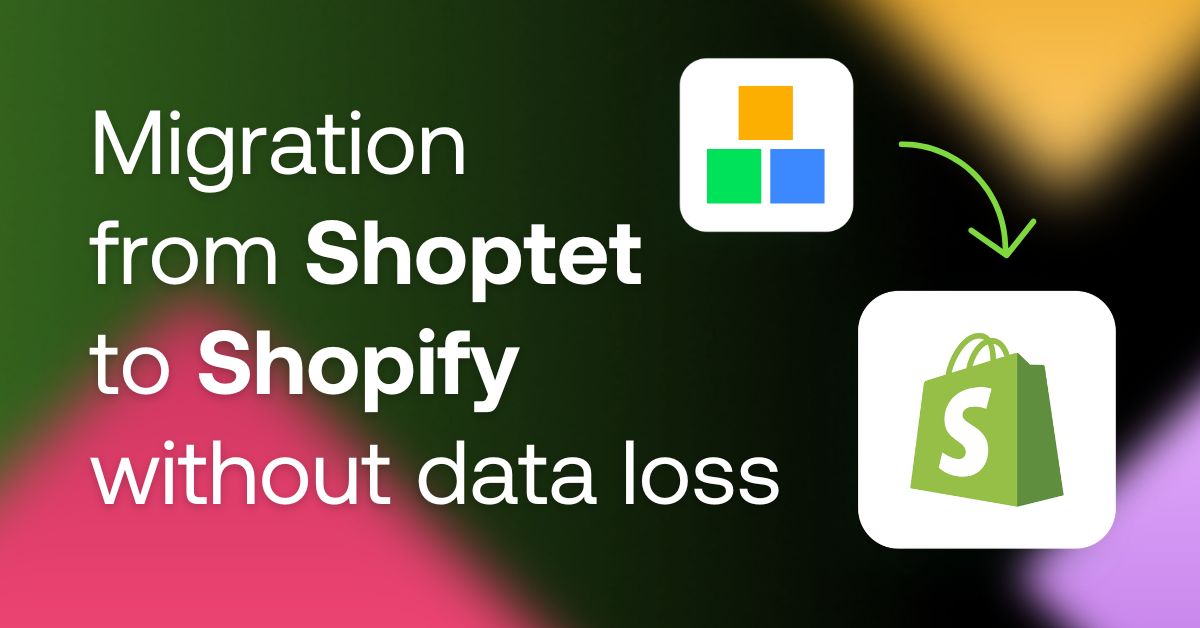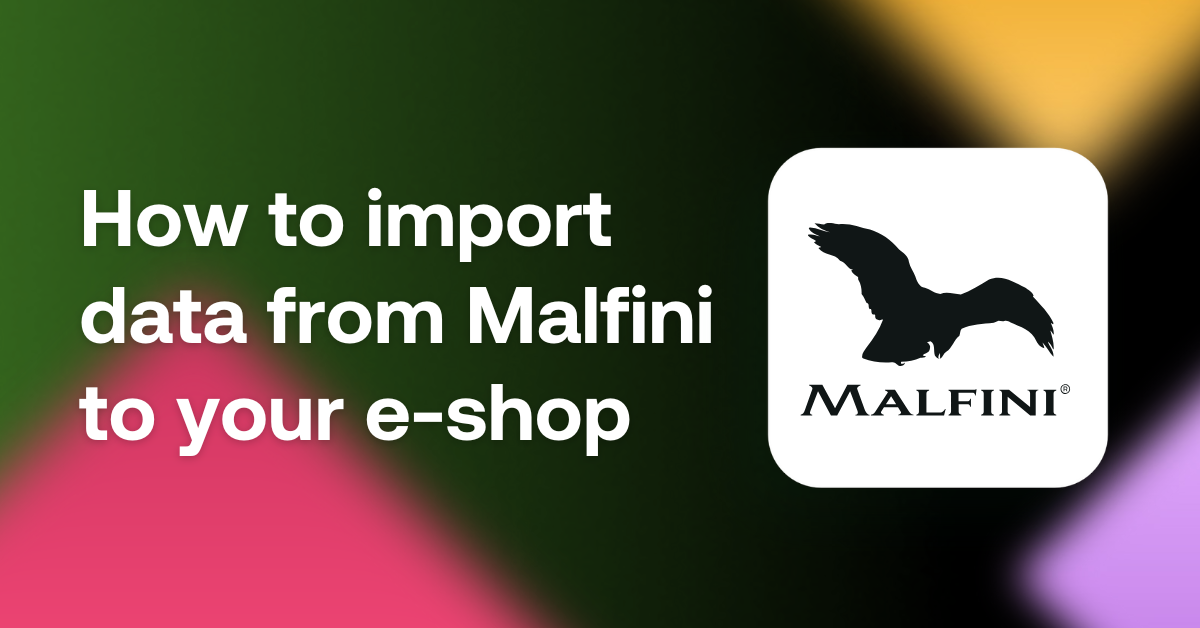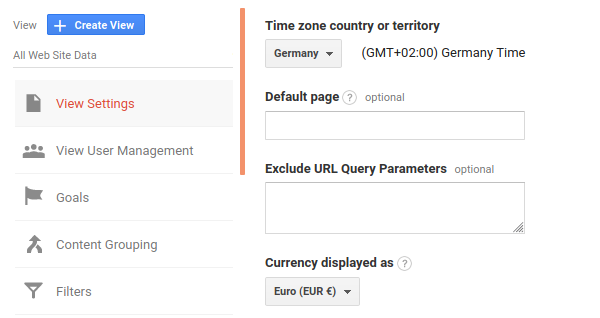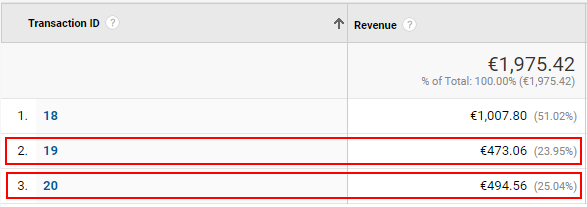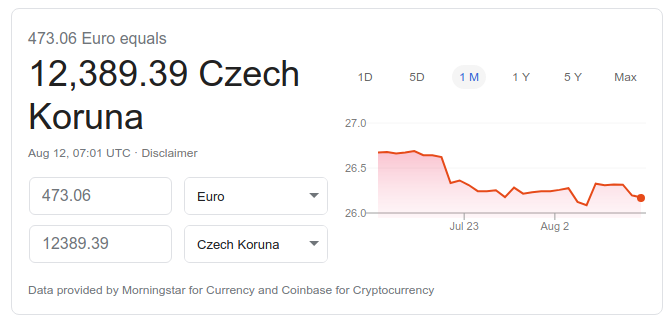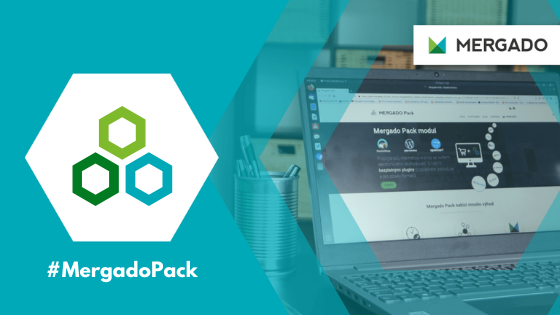Although your store on PrestaShop supports the possibility of a payment in several different currencies, the statistics on orders in Google Analytics are displayed for only one of them and are therefore not correct. So how do you arrange to provide the most accurate information possible? Use currencyCode. We’ll show you how.
You don’t pay for running an online store on PrestaShop
PrestaShop is an open-source solution for online stores that is used by thousands of users from 160 countries around the world. Shoppers do not have to interfere with its kernel code or templates. In its administration, they effectively set everything from URLs to individual tags and other details. It also has many modules (some are free, others paid) that you only install and use right away, so you save a lot of time with development and testing. PrestaShop is fast, which means that an inexpensive hosting provider is enough.
How Google Analytics works
Google Analytics is a tool that analyzes website traffic and evaluates its success. To find out useful information about visitors to your site, you need to insert a tracker into its source code (Mergado Pack can do this function automatically, which will save you time). Using this javascript code, which the user loads along with the content of your site, Google Analytics collects information about the displayed page and the user. GA then processes them into comprehensive visits and displays them as statistics in reports.
